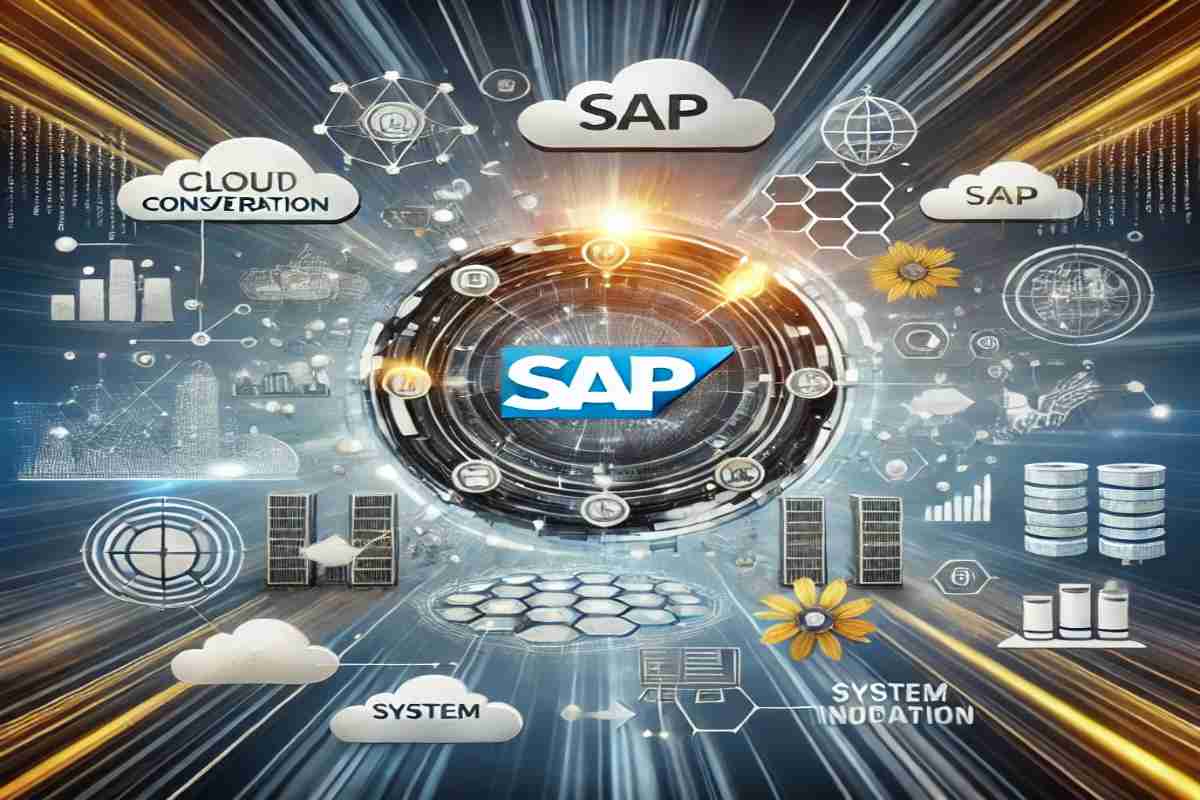SAP conversion is a complex yet essential transition for organizations looking to modernize their enterprise systems. Whether migrating from SAP ECC to SAP S/4HANA or integrating with new digital technologies, companies face several challenges that impact operations, budget, and timelines.
SAP S/4HANA offers many benefits, including real-time analytics, enhanced user experience through SAP Fiori, and seamless integration with cloud-based technologies. However, without a clear strategy, businesses are likely to face significant roadblocks during the conversion process, resulting in delays, increased costs, and inefficiency.
In this blog, we will discuss the top five biggest challenges in SAP conversion and present actionable strategies to overcome them.
1. Data Migration Complexity
The Challenge:
Data migration is one of the most critical aspects of SAP conversion. Companies dealing with large volumes of historical data often encounter the following issues:
- Inconsistent data across systems, which leads to errors post-migration.
- Data duplication, causing redundancy and inefficiencies.
- Mapping legacy data structures to the new SAP S/4HANA model, which requires significant adjustments.
- Risks of downtime due to poorly planned migrations, which can disrupt business operations.
How to Overcome It:
- Conduct a Data Audit: Before migrating, analyze existing data and remove unnecessary records. Classify data into critical, obsolete, and redundant categories to reduce clutter.
- Use SAP Migration Tools: Leverage tools such as SAP Data Services and SAP Migration Cockpit to streamline the migration process. SAP Readiness Check ensures that legacy data is compatible with the new system.
- Adopt a Phased Approach: Instead of migrating all data at once (big bang approach), start with critical data first, and perform test runs in a sandbox environment. Incorporate real-time data validation checks to catch mistakes as soon as they occur.
- Compliance: For industries such as healthcare and finance, ensure data encryption and maintain an audit trail during migration to comply with regulations like GDPR and HIPAA.
2. Business Process Reengineering
The Issue:
SAP S/4HANA alters workflows and automation, pushing businesses to question their existing processes. Some of the common challenges include:
- Resistance from employees who are accustomed to legacy systems.
- Mapping old workflows to SAP Best Practices.
- Business logic gaps requiring customizations.
How to Work Around It:
- Engage Key Stakeholders Early: Involve department heads, IT teams, and end-users to ensure a smooth transition. Conduct a business impact analysis to evaluate how the new workflow will affect other departments.
- Utilize SAP Business Process Intelligence (BPI): SAP BPI tools help analyze and optimize business workflows for efficiency.
- Minimize Customization: SAP S/4HANA is fit-to-standard. Reducing custom development eases the upgrade process. Where possible, replace custom code with SAP Fiori applications.
- Training & Change Management Investment: Organize workshops, hands-on training, and webinars for employees. Appoint SAP champions within departments to assist colleagues during the transition.
3. Custom Code Adaptation
The Problem:
Companies with heavily customized SAP ECC systems face enormous difficulties when upgrading to SAP S/4HANA. Some of the challenges include:
- Identifying outdated or incompatible custom developments.
- Recoding custom ABAP code according to the newly adopted HANA-based architecture.
- Performance bottlenecks caused by non-optimized code.
How to Overcome It:
- Conduct Custom Code Analysis: Use SAP Readiness Check and ABAP Test Cockpit (ATC) to identify incompatible custom code.
- Optimize or Replace Custom Code: Remove unwanted custom programs and replace them with SAP standard features. Adapt custom programs using SAP Fiori and S/4HANA ABAP optimizations.
- Testing of Custom Code on SAP HANA: Conduct thorough testing in a sandbox environment before deployment. Use Code Inspector and SQL Performance Analyzer to optimize code execution.
- Leverage SAP Fiori Applications: Many business processes that previously required custom solutions in SAP ECC are now available out-of-the-box in SAP S/4HANA. Replace custom-built reports with SAP Embedded Analytics.
4. Integration with Existing Systems
The Challenge:
Organizations using multiple third-party applications, cloud platforms, and legacy systems often face integration issues, such as:
- Integration failures due to compatibility problems.
- Security concerns related to data exchanges.
- Performance bottlenecks at API and middleware connections.
Overcoming It:
- SAP BTP: Use SAP Business Technology Platform (BTP) to connect SAP with third-party applications. Leverage prebuilt SAP APIs and connectors for applications like CRM and HR, which integrate seamlessly with third-party cloud services.
- Introduce MFA, Secure APIs, and Data Encryption: Ensure industry security standards, such as ISO 27001, are followed to safeguard data integrity.
- Test Integrations Before Go-Live: Perform integration testing in a staging environment to identify and resolve potential failures before going live.
5. Change Management and User Adoption
The Challenge:
The greatest non-technical challenge of SAP conversion is ensuring that employees accept and efficiently work with the new system. Some of the barriers include:
- Lack of familiarity with the SAP Fiori UI.
- Fear of job disruption due to automation.
- Poor training leading to errors and inefficiencies.
How to Overcome It:
- Develop a Strong Change Management Plan: Address employee concerns proactively and maintain transparent communication. Offer continuous support through SAP Learning Hub and in-house training resources.
- Hands-on Training: Organize role-based training sessions tailored to specific user groups (e.g., finance, HR, supply chain). Use SAP simulation tools for real-world practice before deployment.
- Phased Go-Live Approach: Start with a pilot rollout for key users before full implementation. Collect feedback from early adopters and adjust training materials based on their input.
- Assign SAP Ambassadors: Select staff who will champion the new system and assist their colleagues in adjusting to it.
Conclusion
The process of SAP conversion is not merely a technical upgrade but a business transformation that demands careful planning, the right tools, and effective change management. Data migration, business process reengineering, adaptation of custom code, system integration, and user adoption are critical challenges organizations must address to ensure a smooth transition to SAP S/4HANA. By applying the strategies outlined above, businesses can minimize the risks and maximize the potential benefits of this transformative journey.


